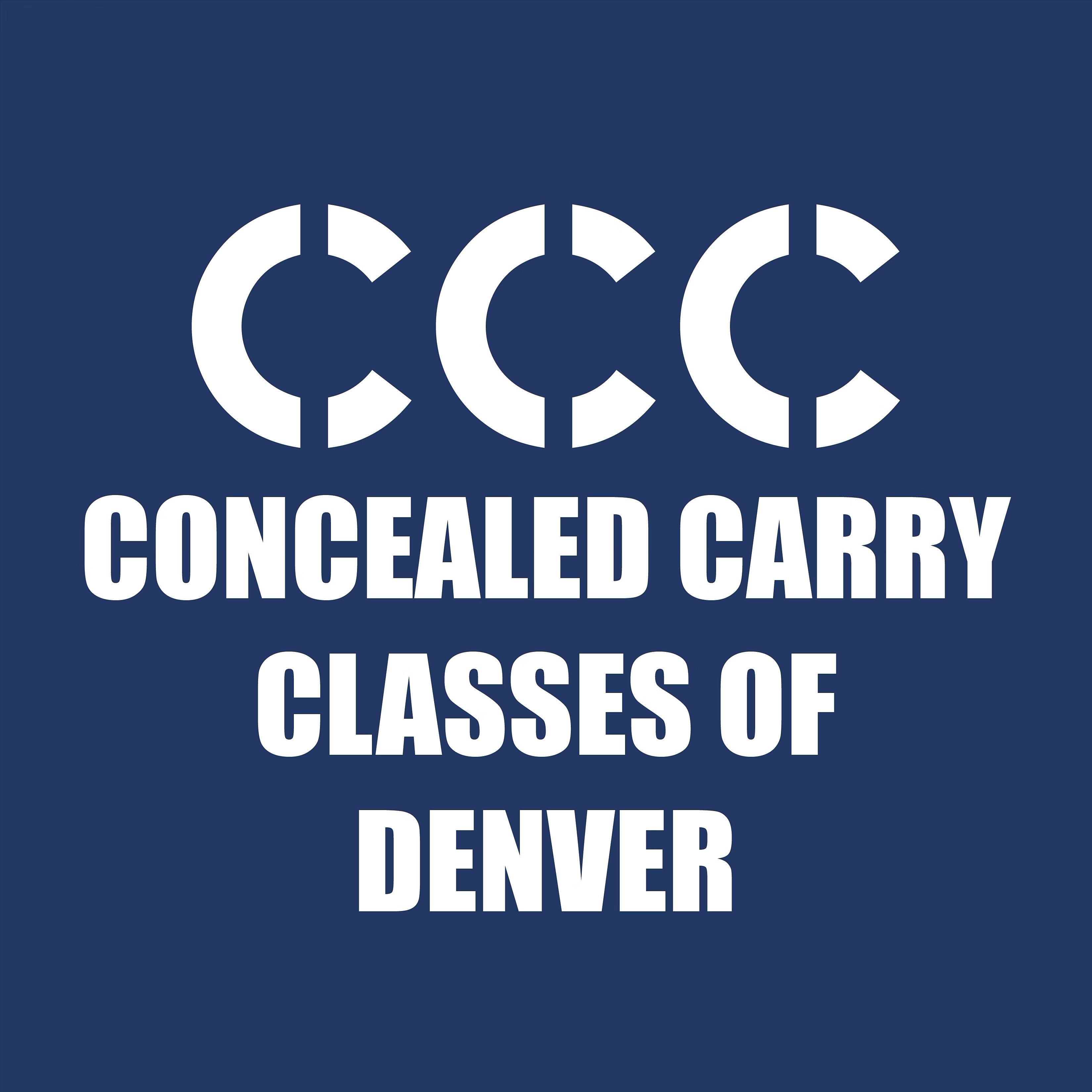The Legal Risks of Carrying a Firearm Under the Influence in Colorado
In Colorado, the intersection of firearms and intoxication is addressed under stringent legal statutes, particularly highlighted in the Colorado Revised Statutes (CRS) 18-12-106. This regulation specifies the boundaries and consequences regarding the handling of firearms when under the influence of intoxicating substances. Understanding these laws is crucial for all firearm owners in the state to ensure they adhere to legal standards and maintain safety.
Understanding CRS 18-12-106(1)(d)
Under CRS 18-12-106(1)(d), it is stated that an individual commits a class 1 misdemeanor if they have a firearm in their possession while under the influence of intoxicating liquor or controlled substances as defined in CRS 18-18-102(5). This section of the statute makes it clear that being under the influence of alcohol or drugs while possessing a firearm is not only irresponsible but also illegal.
The law specifies that neither a standard concealed handgun permit issued under CRS 18-12-105.1 nor a temporary emergency permit serves as a defense against a violation of this provision. This detail underscores the seriousness with which Colorado law treats the mix of firearms and intoxicants. The state aims to prevent impaired judgment, which is significantly risky in situations involving potentially lethal weapons.
The Consequences
Violating CRS 18-12-106(1)(d) results in a class 1 misdemeanor charge, which is a substantial penalty. Such charges can result in significant fines and possible jail time, not to mention a lasting impact on one’s legal record and future, including potential difficulties in employment, housing, and educational opportunities.
Enforcement Practices and Legal Standards
Alcohol
For alcohol, a common benchmark used by law enforcement is the standard for driving under the influence (DUI). In most states, including Colorado, the legal blood alcohol content (BAC) limit for driving is 0.08%. However, when it comes to firearms, officers may use their judgment to assess whether a person’s ability to handle a firearm safely is impaired, which can occur at BAC levels lower than 0.08%.
Marijuana
Marijuana, while legal for recreational use in Colorado, still presents legal challenges under federal law, especially in the context of firearm possession. For assessing impairment, law enforcement might loosely apply standards similar to those used for driving. However, because THC (the active ingredient in marijuana) metabolizes differently than alcohol and can remain detectable in the body longer, the assessment is more subjective and based on observed impairment rather than a specific THC level.
Prescription Drugs
For prescription drugs, the approach is similar to that for alcohol and marijuana. The key factor is whether the individual is impaired to a degree that they cannot safely handle a firearm. As with DUI laws, if a person is considered too impaired to drive due to prescription medications, they are likely too impaired to safely possess a firearm. This often involves an officer’s assessment of physical and cognitive signs of impairment.
Other Controlled Substances
For illegal drugs such as cocaine, fentanyl, and others, there is typically a zero-tolerance approach. Possession of a firearm while under the influence of these substances can lead to severe legal consequences, regardless of the amount consumed or the level of impairment. The presence of these substances in one’s system while in possession of a firearm is likely to be sufficient for a charge under CRS 18-12-106(1)(d).
Legal Implications
It’s important to remember that beyond state laws, federal regulations under the Gun Control Act of 1968 prohibit drug users and addicts from purchasing or possessing firearms and ammunition, regardless of state laws regarding drug legality. This includes marijuana, despite its legal status in many states.
Practical Advice for Firearm Owners
For responsible gun owners, the message is straightforward:
- Avoid mixing alcohol or drugs with firearm handling: Always store firearms securely and do not access them while under the influence of any intoxicating substances.
- Educate yourself and others: Understanding the specifics of local firearm laws can be the difference between responsible ownership and facing serious legal consequences.
- Plan ahead: If you know you will be consuming alcohol or controlled substances, ensure that your firearms are safely stored and inaccessible.
Conclusion
Colorado’s laws on carrying a firearm while under the influence of alcohol or controlled substances are designed to protect the community and promote responsible firearm handling. Adherence to these laws is not only a legal obligation but a moral one to ensure the safety of all. By staying informed and vigilant, gun owners can contribute to a safer environment for everyone.





